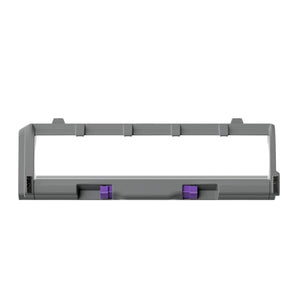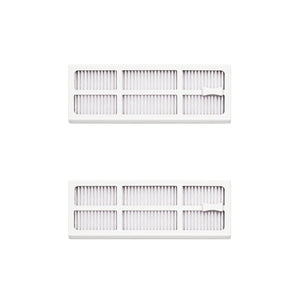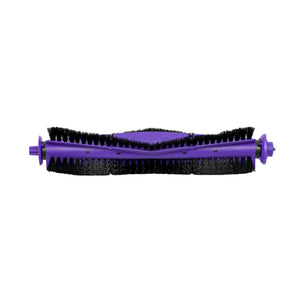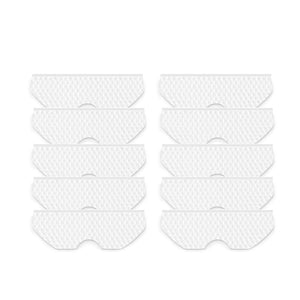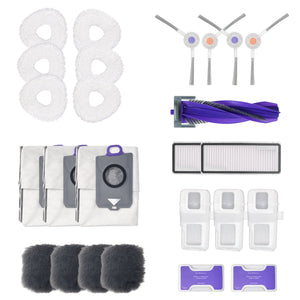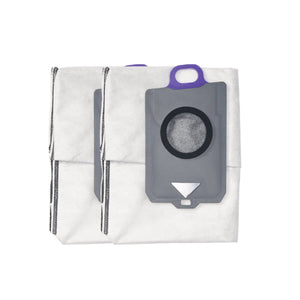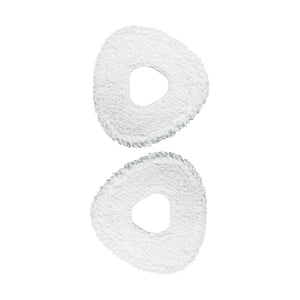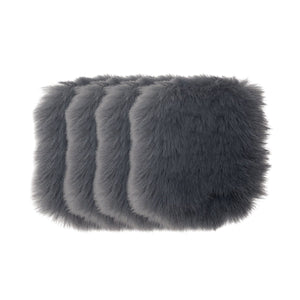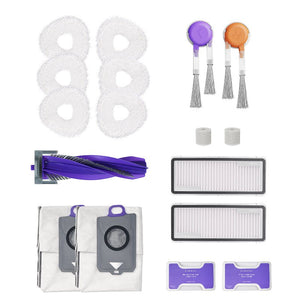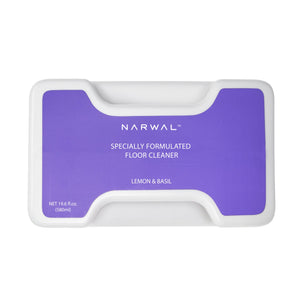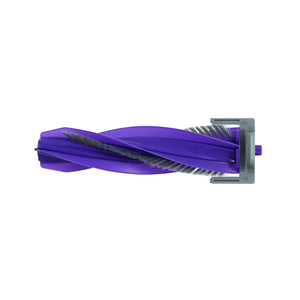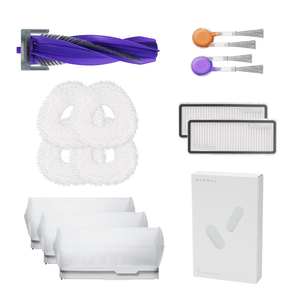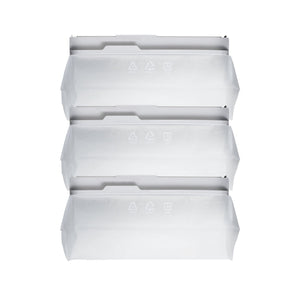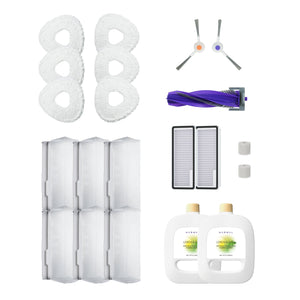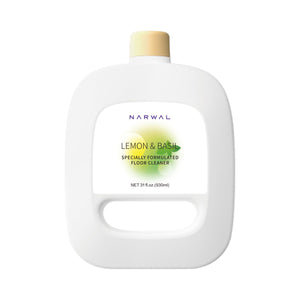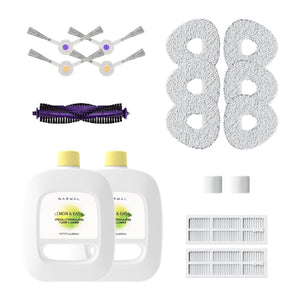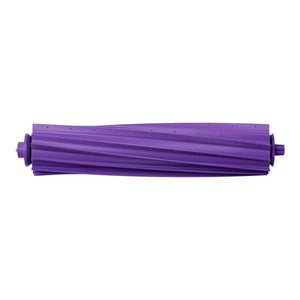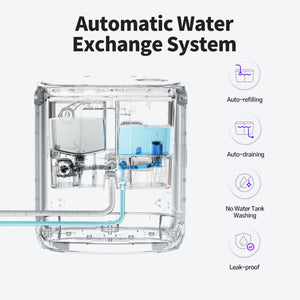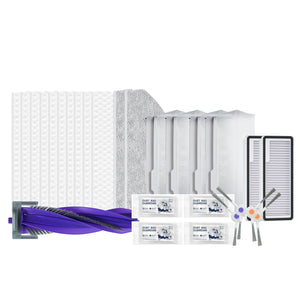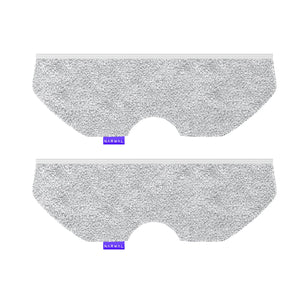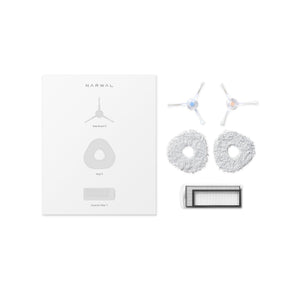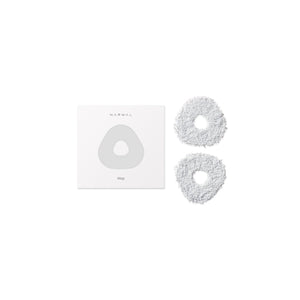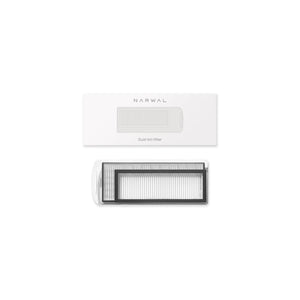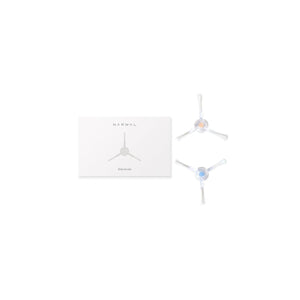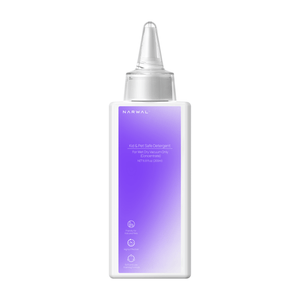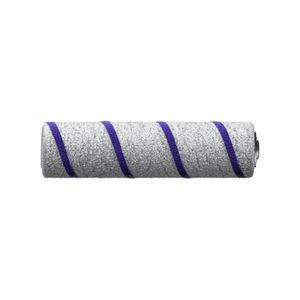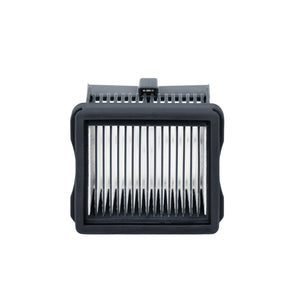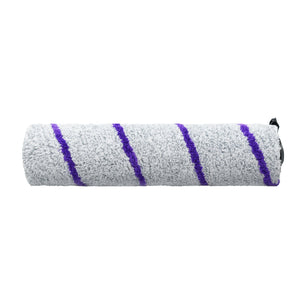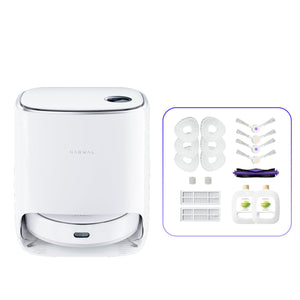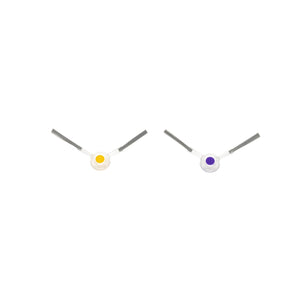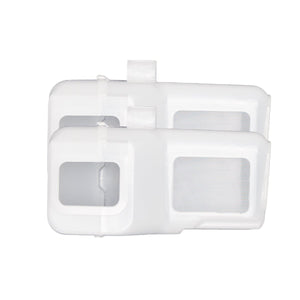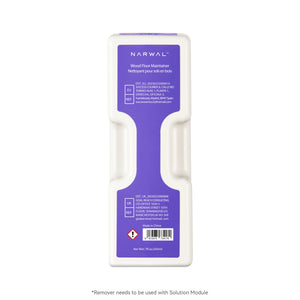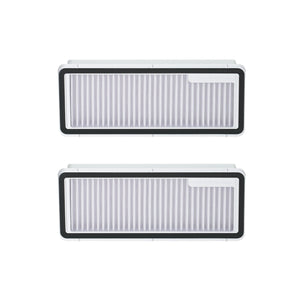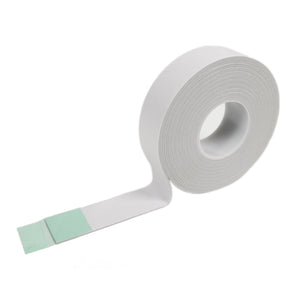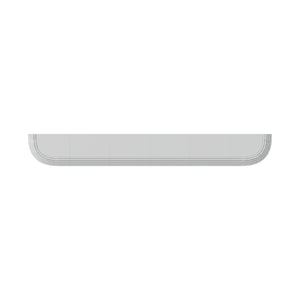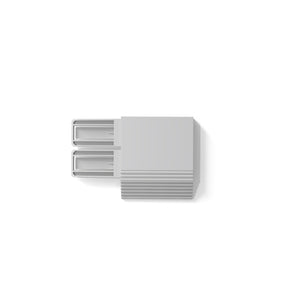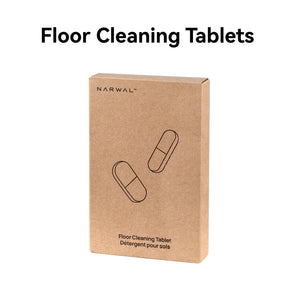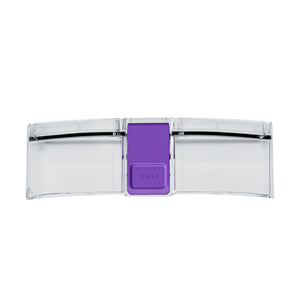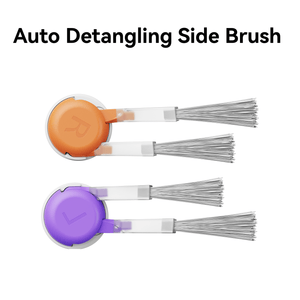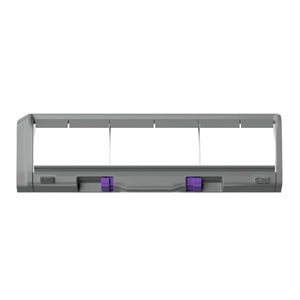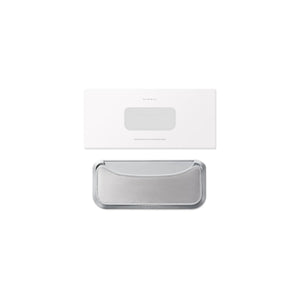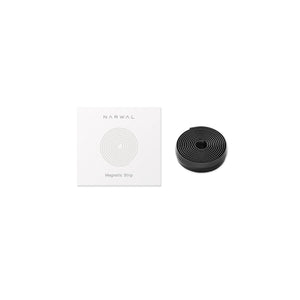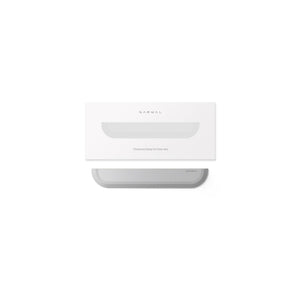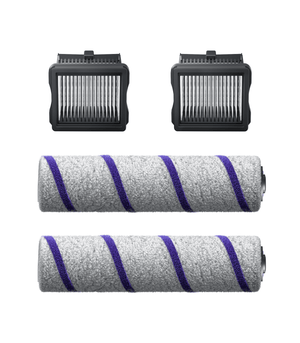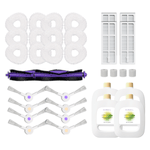A beater bar, also called a brush roll or rotating brush, is a crucial part of many vacuums. It’s located at the bottom of the vacuum head and spins to dislodge dirt, dust, and debris, making it easier for the vacuum to pick up and clean your floors, especially carpets.
In this article, we’ll explain how the beater bar works and how it enhances your vacuum’s cleaning performance. We’ll also help you understand the difference between vacuums with and without a beater bar, so you can make an informed choice. Additionally, we’ll discuss the specialized attachments that cater to specific needs, such as cleaning pet hair or handling commercial spaces. Finally, we’ll cover how to use and maintain your beater bar to ensure it keeps performing at its best.
By the end, you’ll have a clear understanding of how the beater bar contributes to your vacuum’s effectiveness and how to choose the right one for your home.
What is a Beater Bar?
A beater bar, also called a brush roll or rotating brush, is a key component in many vacuums, particularly upright models. It’s typically located at the bottom of the vacuum head, and it spins rapidly to help dislodge dirt, dust, and debris from the carpet surface. This action is crucial for thorough cleaning, especially when it comes to carpets with deeper fibers where dirt can become trapped.
The beater bar usually has bristles made from nylon or other soft materials. These bristles work by agitating the carpet fibers, lifting dirt that is otherwise deeply embedded. In older vacuum models, the beater bar might have been a metal agitator, but modern versions are usually more gentle on carpets thanks to their softer bristles.
The rotating motion of the beater bar helps the vacuum’s suction system pick up loosened dirt more effectively. Some vacuums even feature a switch that allows you to turn the beater bar on or off, which is helpful for cleaning delicate surfaces like hardwood floors where the brush could potentially cause scratches or push debris around.
In short, the beater bar plays a critical role in improving a vacuum’s performance on carpets, ensuring a deeper, more effective clean.

How Does a Beater Bar Work?
The beater bar is a key feature of many vacuums. It spins quickly, powered by the vacuum's motor. As it rotates, it agitates the carpet fibers, loosening dirt and debris that are trapped deep inside. This process helps the vacuum pick up more dirt than just suction alone.
Agitation of Carpet Fibers
The rotating brush moves in and out of the carpet fibers, dislodging dirt that’s stuck deep within. This is important because, especially in thicker carpets, dirt can become embedded in a way that suction alone can’t reach. The beater bar’s spinning action helps break up and loosen this dirt for better removal.
Suction Removes the Dirt
Once the beater bar has loosened the dirt, the vacuum’s suction takes over. It pulls the dislodged dirt and debris into the vacuum, leaving your carpet cleaner. The combination of the beater bar’s agitation and the vacuum’s suction creates a powerful cleaning effect, ensuring a deeper clean for your carpets.
Adjusting the Beater Bar for Different Surfaces
Many vacuums let you turn the beater bar on or off. This feature is useful when switching between carpets and hard floors. Turning off the beater bar is particularly useful for delicate surfaces like rugs or smooth floors, as it prevents potential damage and ensures gentler cleaning.
In summary, the beater bar spins to loosen dirt from carpet fibers, and the vacuum’s suction then removes the debris. This two-step process results in a deeper, more thorough clean for your carpets.
Beater Bar vs No Beater Bar: Which is Better for You?
Choosing between a vacuum with a beater bar or one without depends on your specific cleaning needs. Beater bars are great for carpets, while vacuums without them work best for hard floors and delicate rugs. Let’s explore the pros and cons of each option to help you decide which is right for you.

Vacuums with Beater Bars
A vacuum with a beater bar is ideal for homes with carpets, especially thick or high-pile ones. The spinning brush agitates the carpet fibers, loosening dirt and debris that is stuck deep inside, which makes it easier for the vacuum to pick up. If you have pets or high-traffic areas, a beater bar is a powerful tool to keep carpets clean. However, it can be too harsh for hardwood floors, tile, or delicate rugs, as the spinning brush may scratch surfaces or push debris around instead of lifting it.
Vacuums without Beater Bars
On the other hand, vacuums without a beater bar are perfect for hard floors like tile, hardwood, and laminate. These vacuums rely on suction to clean, which makes them gentler on delicate surfaces. Without the rotating brush, they won’t scratch your floors or push debris around. They also work well for rugs, but keep in mind that they may not be as effective at picking up dirt from deep within carpet fibers.
Which One Is Right for You?
If you have carpets, especially thick or plush ones, a vacuum with a beater bar is your best choice. It will provide a deeper clean by agitating and loosening embedded dirt. However, if your home has mostly hard floors or delicate rugs, a vacuum without a beater bar is a better option. Some vacuums offer the flexibility to turn the beater bar on or off, allowing you to clean both carpet and hard floors with ease.
Beater Bar Attachments for Specific Needs
When it comes to deep cleaning, the right beater bar attachment can make all the difference. Whether you're dealing with pet hair, large commercial spaces, or delicate rugs, the right attachment tailored to your needs can significantly boost your vacuum’s performance. Here’s a closer look at the best attachments for various tasks.

Pet Hair Attachments
If you have pets, their hair can be tough to clean. Pet hair attachments are designed specifically for this challenge. These attachments have extra-tough bristles or specialized brushes that grab pet hair effectively from carpets and upholstery. With these, you’ll have fewer tangles and a cleaner home, especially in places where pet hair tends to collect.
Commercial Use Attachments
For commercial cleaning needs, such as large offices or busy restaurants, beater bar attachments designed for high-traffic areas are key. These commercial-grade attachments often come with wider, more durable brushes that can lift dirt quickly and cover large areas efficiently. If you’re cleaning a lot of space regularly, these attachments will save time and improve cleaning results.
Delicate Rug Attachments
For those who have wool, silk, or fine rugs, using a standard beater bar can be damaging. Instead, choose delicate rug attachments that come with softer bristles. These attachments gently agitate dirt and debris without harming the delicate fibers, preserving your rugs' texture and appearance.
In conclusion, whether you're cleaning pet hair, commercial spaces, or delicate rugs, there’s a beater bar attachment designed to make your vacuum more versatile. Choosing the right attachment ensures you get the best results, without worrying about damaging surfaces or missing hidden dirt.
Best Vacuums with and without Beater Bar
Choosing the right vacuum depends on the type of floors you have and your cleaning needs. Narwal offers innovative vacuums that combine powerful suction, smart navigation, and cutting-edge features. Whether you're looking for a vacuum with a beater bar (roller brush) for deep carpet cleaning or one without for gentler, low-maintenance cleaning, Narwal has a solution for every home. Let’s take a look at the best options.
Best Vacuums with Beater Bars
Vacuum cleaners with beater bars are the best choice for homes with carpets, especially thick or high-traffic areas. The roller brush agitates the carpet fibers, lifting dirt and debris for more thorough cleaning.
Narwal offers several models with roller brushes (beater bars), combining powerful cleaning with smart technology. Here are some of the best Narwal models with roller brushes:
-
Narwal Freo Z10 Robot Vacuum and Mop: A 2-in-1 vacuum and mop, the Freo Z10 combines a powerful roller brush and smart navigation, making it perfect for both carpets and hard floors. It also features automatic self-cleaning, so you don’t need to worry about maintenance.
-
Narwal S20 Pro Vacuum Mop: With 20,000Pa suction power and a roller brush, the S20 Pro is designed to clean deeply, making it ideal for homes with pets and kids. It also adjusts suction power based on dirt levels, and its self-cleaning and drying features make it super low-maintenance.
- Narwal Freo Pro Robot Vacuum & Mop: Equipped with a roller brush and advanced AI, the Freo Pro delivers deep cleaning for carpets and hard floors. It combines vacuuming and mopping, ensuring efficient, all-in-one cleaning.
These vacuums with roller brushes offer deep carpet cleaning while also effectively handling hard floors, making them a versatile solution for a variety of surfaces.
[cta:narwal-freo-z10-robot-vacuum-mop]
[cta:narwal-s20-pro-vacuum-mop]
[cta:narwal-freo-pro-robot-vacuum-mop]
Best Vacuums without Beater Bars
If your home is primarily made up of hard floors or delicate rugs, vacuums without beater bars are a better option. These vacuums use suction to clean, which is gentler on surfaces like hardwood and tile. They’re quieter and require less maintenance than vacuums with beater bars, making them great for homes with smooth, delicate surfaces.
Some of the top vacuums without beater bars include:
-
Miele Complete C3 Hard Floor: This vacuum is specifically designed for hard floors, providing excellent suction without a rotating brush. It’s perfect for delicate surfaces like hardwood and tile.
- iRobot Roomba 675: A popular robot vacuum, the Roomba 675 is great for hard floors and can also clean delicate rugs. It’s easy to maintain and provides strong suction.
These vacuums work well for hardwood floors and tile, offering a quieter, gentler clean that’s perfect for delicate surfaces.
Why Narwal Stands Out
While vacuums without beater bars can be great for hard floors, Narwal takes cleaning to the next level by combining roller brush technology with smart features. Here’s why Narwal is the ideal choice:
- Tangle-Free Technology: Narwal vacuums feature the DualFlow Tangle-Free System, which prevents hair from tangling, making them perfect for homes with pets.
- Smart Navigation: Narwal vacuums use advanced AI to navigate your home, adjusting suction and cleaning mode based on the surface they are cleaning. This ensures your floors are always cleaned efficiently.
- Self-Cleaning and Drying: With automatic self-cleaning and drying features, Narwal vacuums take the hassle out of maintenance, keeping your vacuum clean and ready for the next job.
- All-in-One Cleaning: Narwal vacuums like the Freo Z10 combine vacuuming and mopping in one device, providing a more complete clean for carpets and hard floors alike.
Narwal’s vacuums offer the best of both worlds—intelligent cleaning with the deep power of roller brushes for carpets, while also being gentle and efficient on hard floors. If you're looking for a vacuum that can handle all your cleaning needs with minimal effort, Narwal is the right choice.
How to Use Your Beater Bar for Optimal Cleaning
The beater bar (or roller brush) is essential for deep cleaning, especially on carpets. It works by agitating the carpet fibers to lift dirt and debris, making your vacuuming more effective. Here’s how you can use it correctly for the best results.

When to Use the Beater Bar
The beater bar is most effective when cleaning carpets, especially deep-pile ones, as it helps lift dirt trapped within the fibers. You should always use the beater bar for carpeted areas to agitate the fibers and ensure a deep clean.
For hard floors such as hardwood, tile, or laminate, the beater bar should be turned off. The rotating brush can cause damage or scratches to these surfaces, so it’s best to rely on the vacuum's suction power alone for cleaning.
How to Use the Beater Bar Effectively
-
High-Pile Carpets: Set your vacuum to the highest suction setting to ensure the beater bar can deeply agitate the fibers. Move slowly over the carpet to allow the brush to lift dirt effectively.
- Low-Pile Carpets or Rugs: For thinner carpets or delicate rugs, adjust the brush height or switch off the beater bar entirely to prevent damage to the fibers. Some vacuums offer settings to control the height of the brush, which helps to protect more delicate surfaces.
For homes with Narwal vacuums, many models automatically detect the floor type and adjust the beater bar settings accordingly, making it easier to clean both carpets and hard floors without switching between settings manually.
How to Maintain Your Beater Bar
Your beater bar (roller brush) is a key part of your vacuum. It helps agitate dirt and debris from carpets, making your cleaning more effective. To keep it working well, you need to clean and replace it when needed. Here's how you can do it easily.

Cleaning the Brush Roll
Over time, hair, dirt, and other debris can get tangled in the beater bar. This can reduce the vacuum’s performance. Here’s how you can clean it:
-
Turn off the vacuum and unplug it. Safety first! Make sure your vacuum is off before you start cleaning.
-
Remove the brush roll. Most vacuums allow you to easily remove the beater bar by either unscrewing it or releasing a latch. Check your vacuum's manual for guidance on how to do this.
-
Cut away tangles. Use scissors to carefully cut away hair or fibers that are wrapped around the brush. Don’t cut the bristles, just the tangled bits.
-
Wipe it down. After removing the tangles, wipe the brush roll with a damp cloth to remove any dust or dirt. Make sure to dry the brush before putting it back.
- Check the bearings. If your beater bar has bearings, make sure they aren’t clogged. Clean them gently with a cloth to keep them running smoothly.
Replacing Worn-Out Beater Bars
Even with regular cleaning, your beater bar may wear out over time. When this happens, it’s time to replace it. Here’s how to tell when it’s needed and how to replace it:
-
Check for wear. If the bristles are frayed or the brush doesn’t spin properly, it’s time to replace it.
-
Find the right replacement. Look in your vacuum’s manual to find the right type and size of replacement brush roll.
-
Remove the old brush. After turning off the vacuum, unscrew or unlatch the old beater bar and take it out.
-
Install the new brush roll. Place the new beater bar in the vacuum, making sure it fits properly and spins freely.
- Test it out. Turn your vacuum on and check the new brush. It should spin smoothly and clean effectively.
Replacing a worn-out beater bar is simple. With a clean and well-maintained brush, your vacuum will perform better, helping you clean more efficiently.

Conclusion
In this article, we’ve covered the importance of the beater bar for deep cleaning, especially on carpets. It helps lift dirt trapped deep in the fibers for a thorough clean. We also explored when to use a beater bar (for carpets) and when to turn it off (for hard floors and delicate rugs).
Maintaining the beater bar by cleaning and replacing it when worn is essential for optimal performance. We also highlighted how Narwal vacuums simplify cleaning with features like tangle-free technology and smart navigation.
Ready for a smarter clean? Narwal offers the perfect solution for both carpets and hard floors—try one today and enjoy effortless cleaning!
1. Beater Bar vs Brush: What’s the Difference?
A beater bar is a rotating brush with bristles designed to agitate carpet fibers, while a brush roll is a general term for any rotating brush in a vacuum. Beater bars are more aggressive and work best on carpets, while brush rolls can be used for various surfaces.
2. What Does a Beater Bar Look Like?
A beater bar is typically a cylindrical brush with rows of bristles, usually made of nylon, that rotates at the bottom of the vacuum head. It’s designed to agitate dirt and debris from carpet fibers.
3. Do Modern Vacuums Have Beater Bars?
Yes, many modern vacuums still include beater bars, especially those intended for carpet cleaning. However, some newer models, particularly those designed for hard floors, may not have a beater bar or allow you to turn it off.
4. Is a Brushroll the Same as a Beater Bar?
No, a brushroll is a general term for any rotating brush in a vacuum, including beater bars. While both agitate dirt, a beater bar is typically more aggressive and specifically designed for deep carpet cleaning.













